2024-07-02 08:59
Port of Long Beach Sets $760 million Annual Budget
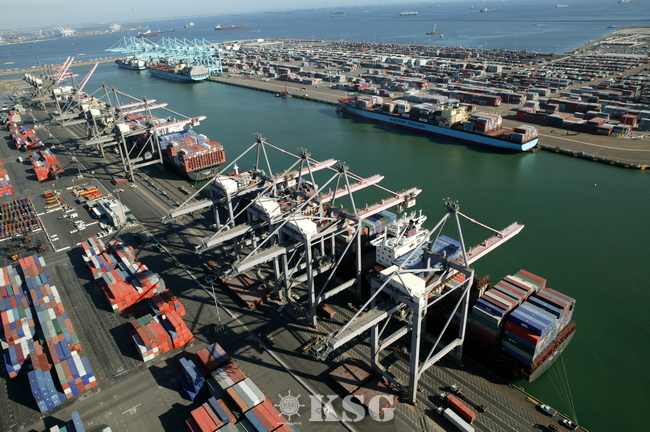
The Long Beach Board of Harbor Commissioners have approved a $760 million budget for the Port of Long Beach for the 2025 fiscal year, establishing a plan to fund new capital improvements in rail, zero-emissions and other infrastructure.
Later this year, the budget will be sent for approval to the Long Beach City Council. It includes a record $25.8 million transfer to the City’s Tidelands Operating Fund, which supports quality-of-life projects along Long Beach’s 7-mile coastline that have improved shoreline safety, cleanliness, water quality, facilities and other amenities.
The Port’s budgeted spending for the 2025 fiscal year, which begins Oct. 1, is 19.5% higher than the budget adopted last year. The increase is largely due to infrastructure projects like the Pier B On-Dock Rail Support Facility, which breaks ground this year, and the proposed Pier Wind. If approved, Pier Wind would be the nation’s largest facility specifically designed to assemble offshore wind turbines. Operating revenue is estimated to be 6.8% higher than last year’s budget.
“This budget reflects our values, balancing serving as an economic engine for our city and region and growing responsibly while limiting environmental impacts,” said Port of Long Beach CEO Mario Cordero. “We are optimistic about the year ahead and this spending plan builds our competitive advantages for the green future.” “Because trade, construction and tourism support 51,000 jobs in Long Beach – or one in five jobs – it’s important we stay focused on attracting business, building for the future and moving cargo sustainably,” said Harbor Commission President Bobby Olvera Jr. “This budget advances these goals by leveraging our stable financial strength as a top gateway for global commerce.”
Next year’s proposed capital budget totals $368.3 million, 47.2% higher than the prior year. Of the sum, $204.9 million is for the Pier B project, which will break ground this summer. Pier B will shift more cargo to “on-dock rail,” where containers are taken to and from marine terminals by trains. Moving cargo by on-dock rail is cleaner and more efficient, as it reduces truck traffic. No cargo trucks would visit the facility. The Port of Long Beach maintains one of the most comprehensive seaport infrastructure programs in the nation.
Also included in the budget is approximately $25 million in Clean Truck Fund subsidies to support the transition of the heavy-duty truck fleet to zero emissions. The Port of Long Beach has twin goals of a zero-emissions cargo-handling fleet by 2030 and zero-emissions trucking by 2035. Additionally, during the Board’s action, the amount allocated for the Community Sponsorship Program was increased from $2 million to $3 million. The sponsorship program helps the Port of Long Beach engage with and inform local community members about Port operations and initiatives.
As the City’s Harbor Department, the Port of Long Beach does not use tax revenue to support operations.
< Korea Shipping Gazette >
많이 본 기사
- 국제물류업계, 광양항 마지막 배후단지 활용법 모색한다‘일상이 된 물류시장 불확실성’, AI·친환경이 돌파구‘고환율·저운임’ 글로벌 물류기업 일제히 부진한 실적 신고‘수요 둔화 지속’ 컨운임지수 한주만에 1300선으로 후퇴DHL, 중동 두바이에 차세대 물류허브 개소한국해양대, 장금상선등 해운사와 해양인재 양성방안 모색해운협회, 부산항도선사회와 CCTV 활용 안전도선 업무협약KMI, 우리나라와 북극권국가 협력 방안 모색2028년 유엔 해양총회 한국 유치 확정벌크선시장, 급등 이후 조정 '속도 조절 들어가나'
- 전재수 해수부 장관 사의…“해양수도권 차질없이 육성되길”쿠팡 박대준 대표이사 사임…“개인정보 유출 책임 통감”日 ONE 운항 9100TEU급 컨선 화재…공동해손 선언윌로그, 벤처창업진흥유공 대통령 표창 수상아시아나IDT, 산업안전세미나 개최…‘플랜투두’ 확산 전략 공유아로아랩스, 중기부 창업지원프로그램 선정…연구개발 자금 확보부음/ 해운조합 최종진 본부장 빙모상조선기자재硏·이마린·그린에너지솔루션, 친환경선박 배출수 기술개발...경운대, 국제항공운송협회와 대학 최초 교육협약 체결인천항만공사, 전기차 화재대응 안전역량 강화 나선다










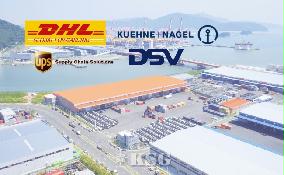


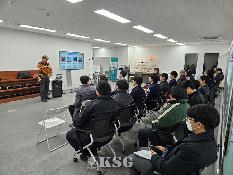




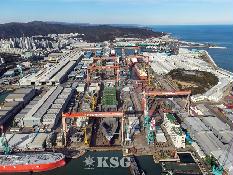
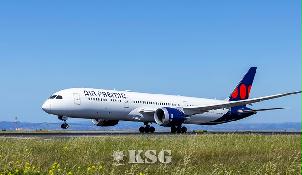


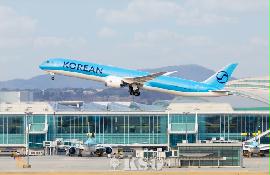


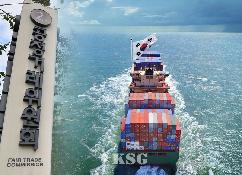



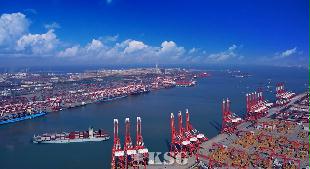

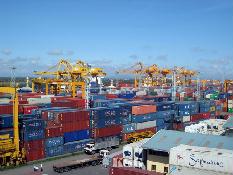






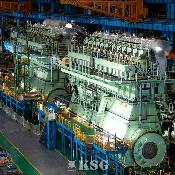
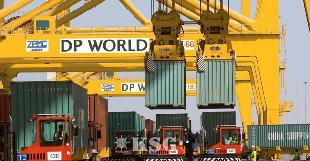























0/250
확인